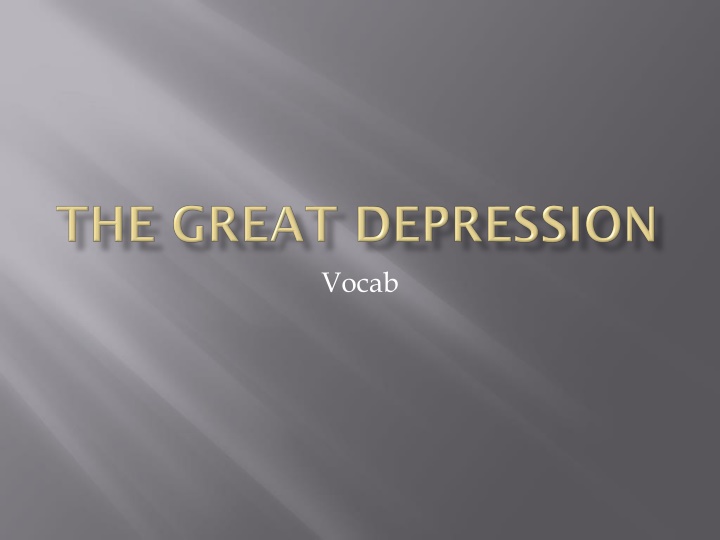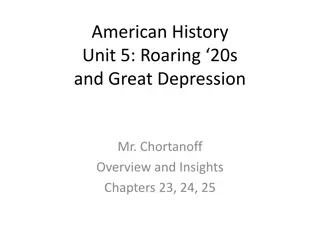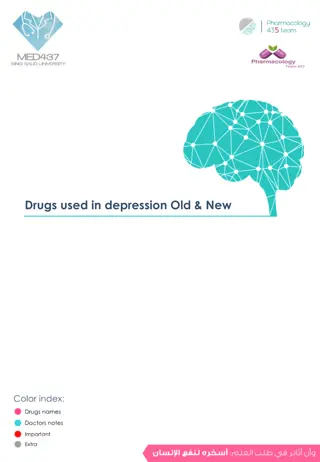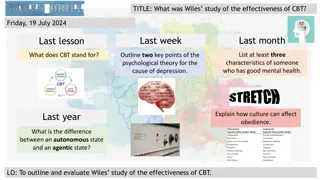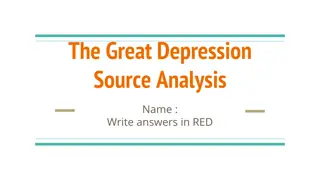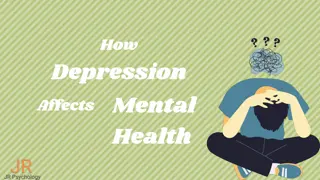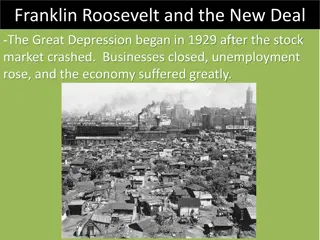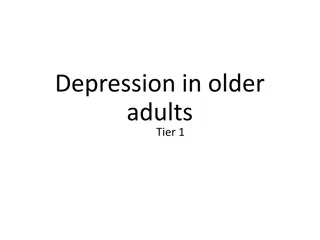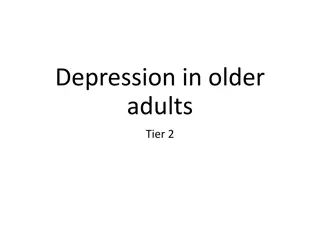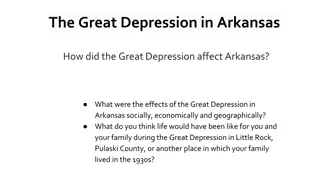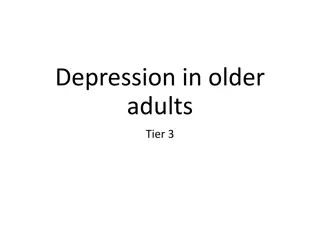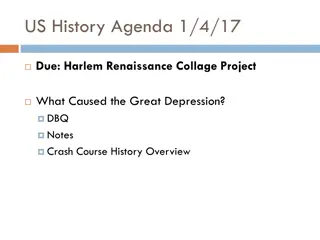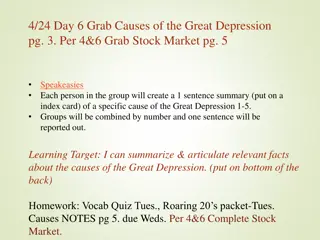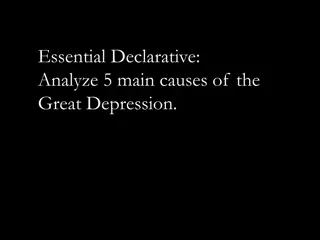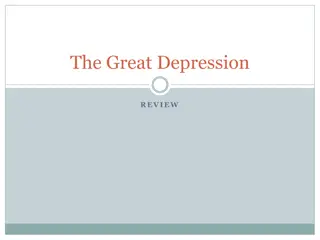The Great Depression Era
The Great Depression, a period of economic hardship in the 1930s, saw high unemployment rates and financial turmoil. Key terms like inflation, speculation, and bank holiday reflect the challenging times faced by many Americans. The New Deal, introduced by President Franklin D. Roosevelt, aimed to address these issues through relief programs and financial reforms, providing essential support to those in need. The era also saw significant social movements such as the Bonus Army protests, highlighting the struggles and demands of war veterans. While the Depression brought about severe economic challenges, it also paved the way for innovative solutions and governmental interventions to rebuild the economy and support the populace.
Download Presentation

Please find below an Image/Link to download the presentation.
The content on the website is provided AS IS for your information and personal use only. It may not be sold, licensed, or shared on other websites without obtaining consent from the author.If you encounter any issues during the download, it is possible that the publisher has removed the file from their server.
You are allowed to download the files provided on this website for personal or commercial use, subject to the condition that they are used lawfully. All files are the property of their respective owners.
The content on the website is provided AS IS for your information and personal use only. It may not be sold, licensed, or shared on other websites without obtaining consent from the author.
E N D
Presentation Transcript
Great Depression: A period, lasting from 1929-1940, in which the U.S. economy was in a severe decline and millions of Americans were unemployed. Buying on Margin: The purchasing of stocks by paying only a small percentage of the price and borrowing the rest. Deflation: Widespread fall in prices. Black Tuesday: A name given to October 29, 1929, when stock prices fell sharply.
Inflation: An increase in prices or decline in purchasing power caused by an increase in the supply of money. Supply & Demand: The forces that determine prices of goods and services in a market economy. Speculation: An involvement in risky business transactions in an effort to make a quick or large profit.
Bank Holiday: a day or several days when banks are closed and depositor s cannot withdraw money. Dust Bowl: The region, including Texas, Oklahoma, Kansas, Colorado, and New Mexico, that was worthless for farming by drought and dust storms during the 1930 s. Depression: A very severe and prolonged contraction in economic activity. Foreclosure: To take away the right to redeem (typically houses or farms). Prosperity: A successful, flourishing, or thriving condition.
Bonus Army: A group of WWI veterans and their families who marched on Washington D.C. in 1932 to demand the immediate payment of a bonus they had been promised for military service. Parity: A government supported level for the prices of agricultural products, intended to keep farmers income steady. Shantytowns (Hoovervilles): A neighborhood in which people live in makeshift shacks. Direct Relief: The giving of money or food by the government directly to needy people.
Deficit Spending: A government s spending of more money than it receives in revenue. Fireside Chats: The radio talks made by Franklin D. Roosevelt whole he was president. Demagogue: A person who gains power and popularity by arousing the emotions, passions, and prejudices of the people. New Deal: President Franklin Roosevelt program to alleviate the problems of the Great Depression focusing on relief for the needy, economic recovery, and financial reform.
